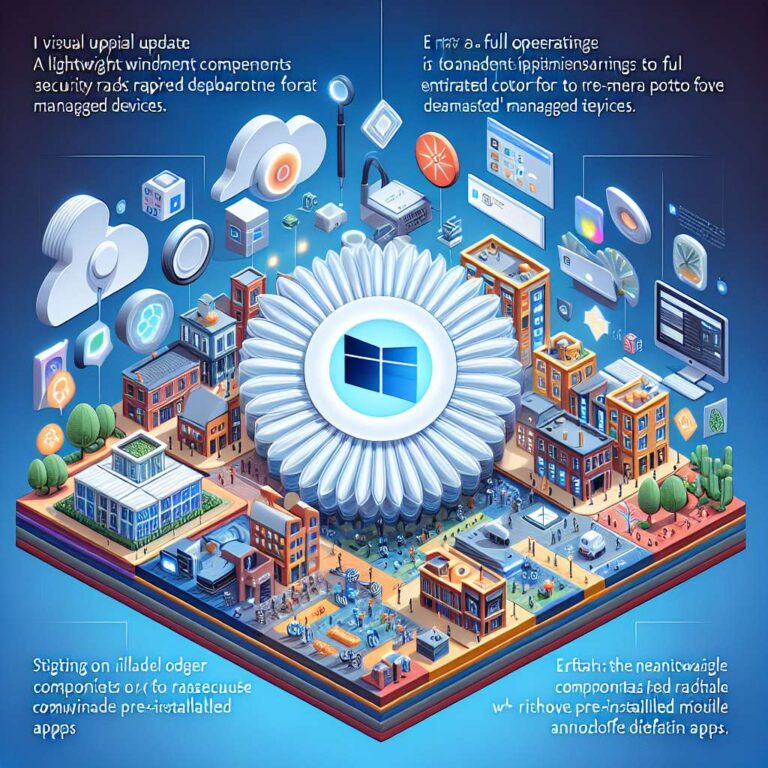Microsoft has made Windows 11 version 25H2 (Build 26200.5074) available in the Release Preview Channel for customers who want to preview the update ahead of the broader release later this year. The company is not targeting major under-the-hood changes or a visual overhaul with 25H2. The updates are primarily security focused, and the installation removes deprecated components such as PowerShell 2.0 and the Windows Management Instrumentation command-line (WMIC), both cited as previously vulnerable to various security exploits. The update also gives IT administrators the ability to remove pre-installed Microsoft default apps on enterprise and education devices via Group Policy or MDM CSP.
The 25H2 update is being delivered as an enablement package, or eKB, rather than a full operating system replacement. Microsoft stages new features inside regular cumulative updates in a disabled state, and the eKB functions like a light switch that turns on feature code already present on machines running 24H2. Installing the enablement package flips those feature flags, and a single restart activates the features to upgrade the device to 25H2 with minimal downtime. This approach keeps the update package small and reduces installation time compared with a full OS image replacement.
Because 24H2 and 25H2 share a servicing branch and the same codebase and servicing pipeline, Microsoft says the updates provide annual feature releases with the same efficiency and reliability as monthly updates. That shared servicing model helps make the transition from 24H2 to 25H2 about as easy as rebooting for supported devices. The enablement package mechanism also resets support timelines for affected editions: enterprise and education move to a 36-month support cycle, while pro editions follow a 24-month cycle. Until the eKB is installed, feature rollouts remain controlled and reversible, enabling staged deployments and rollback if needed.

